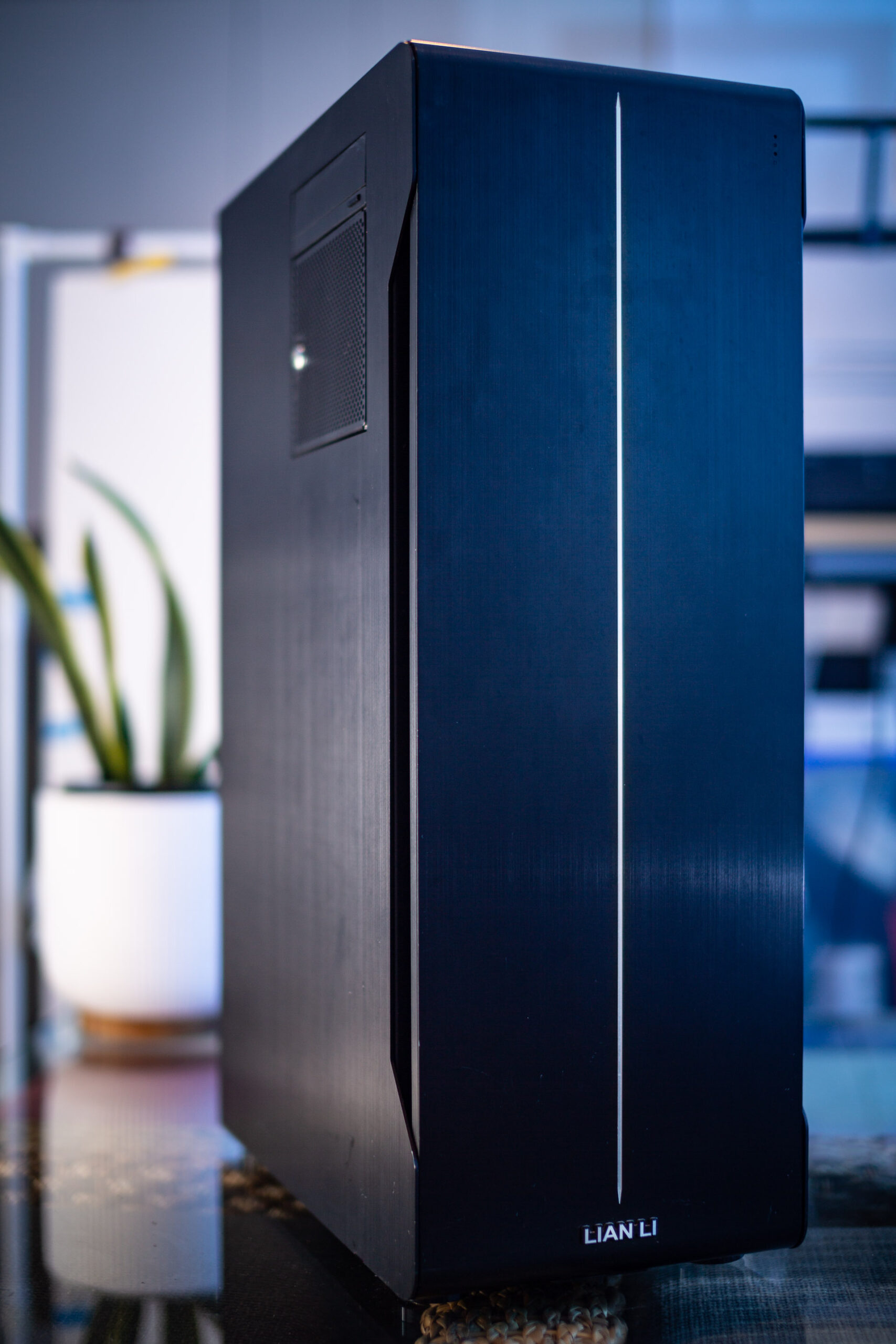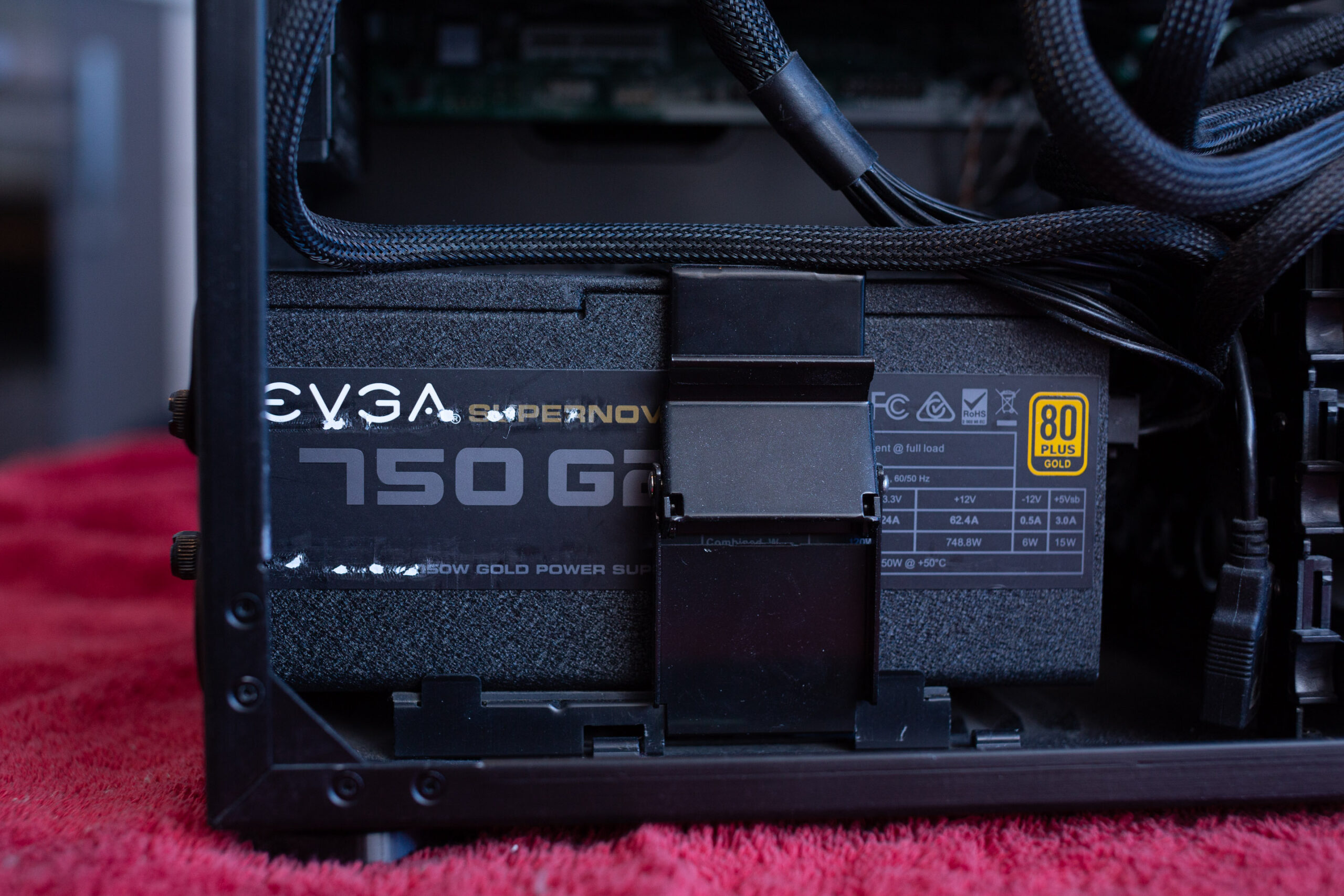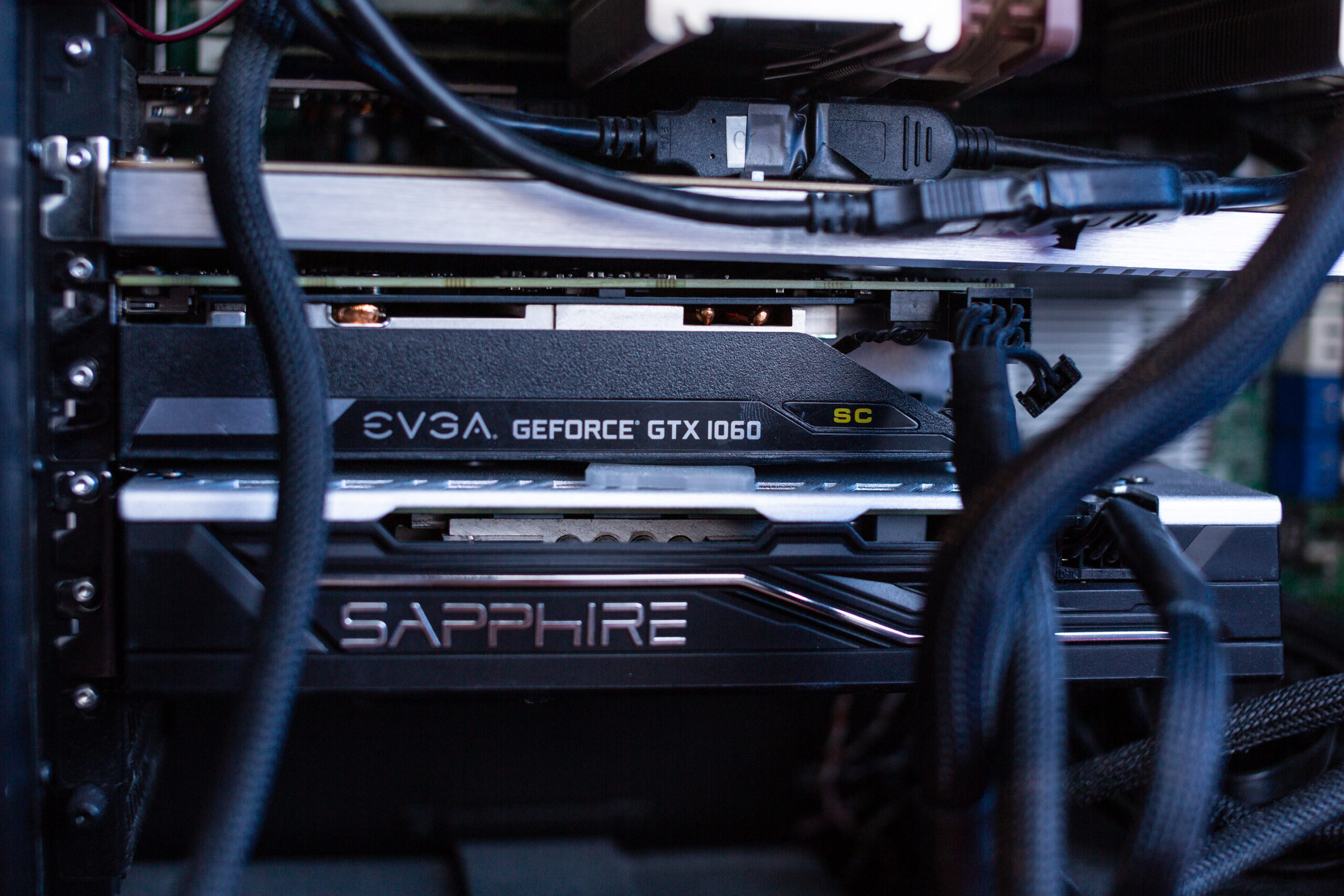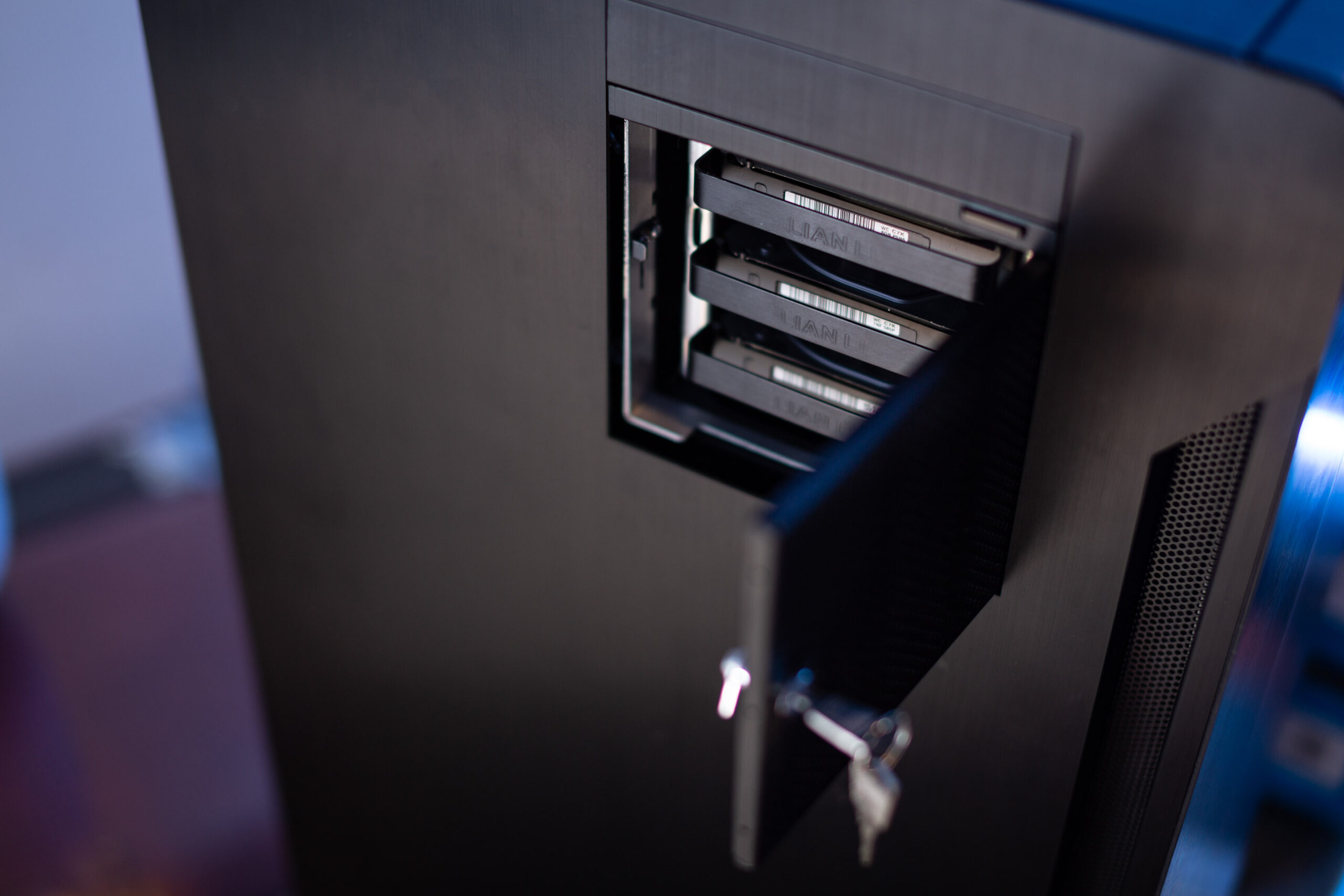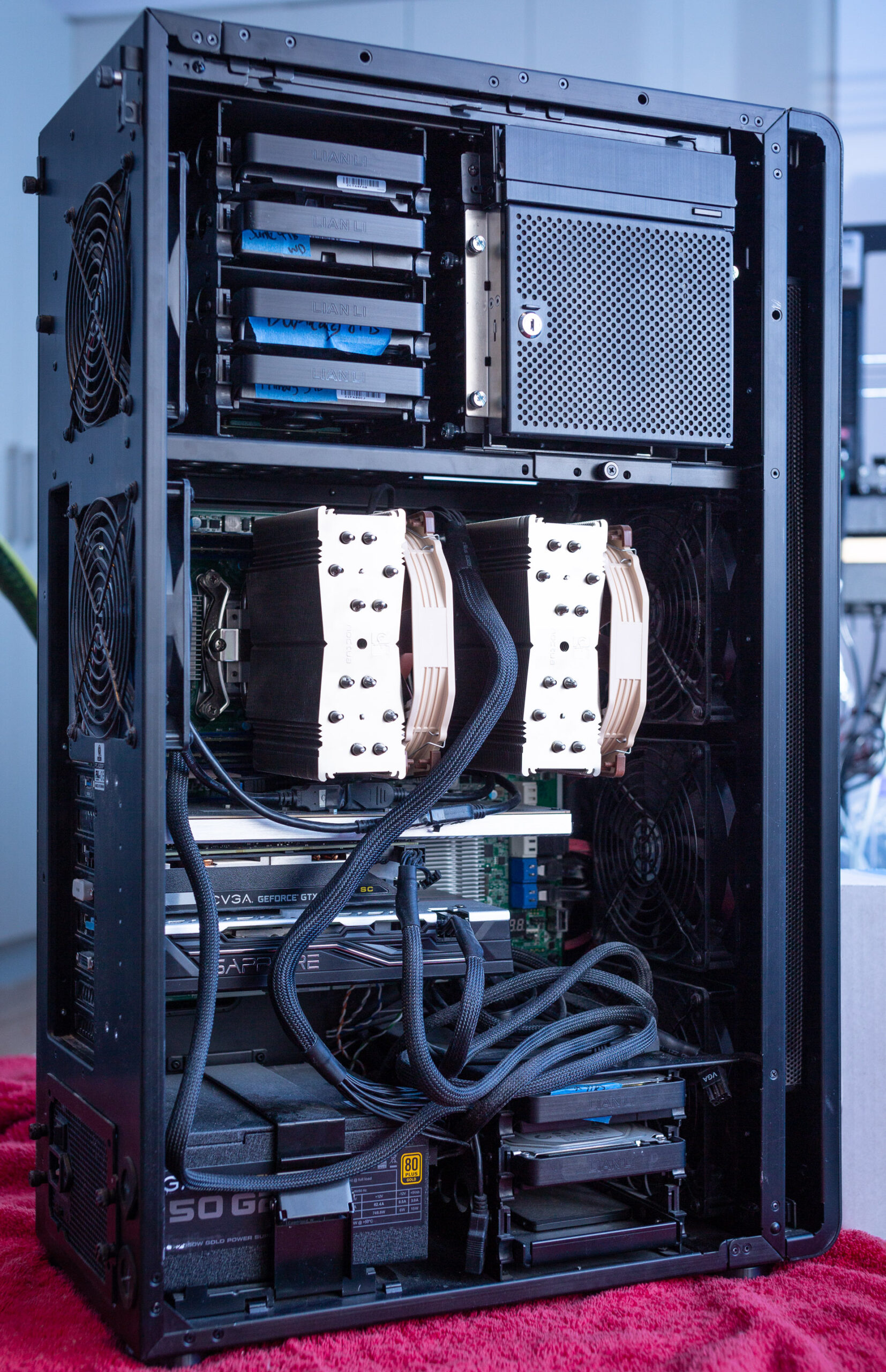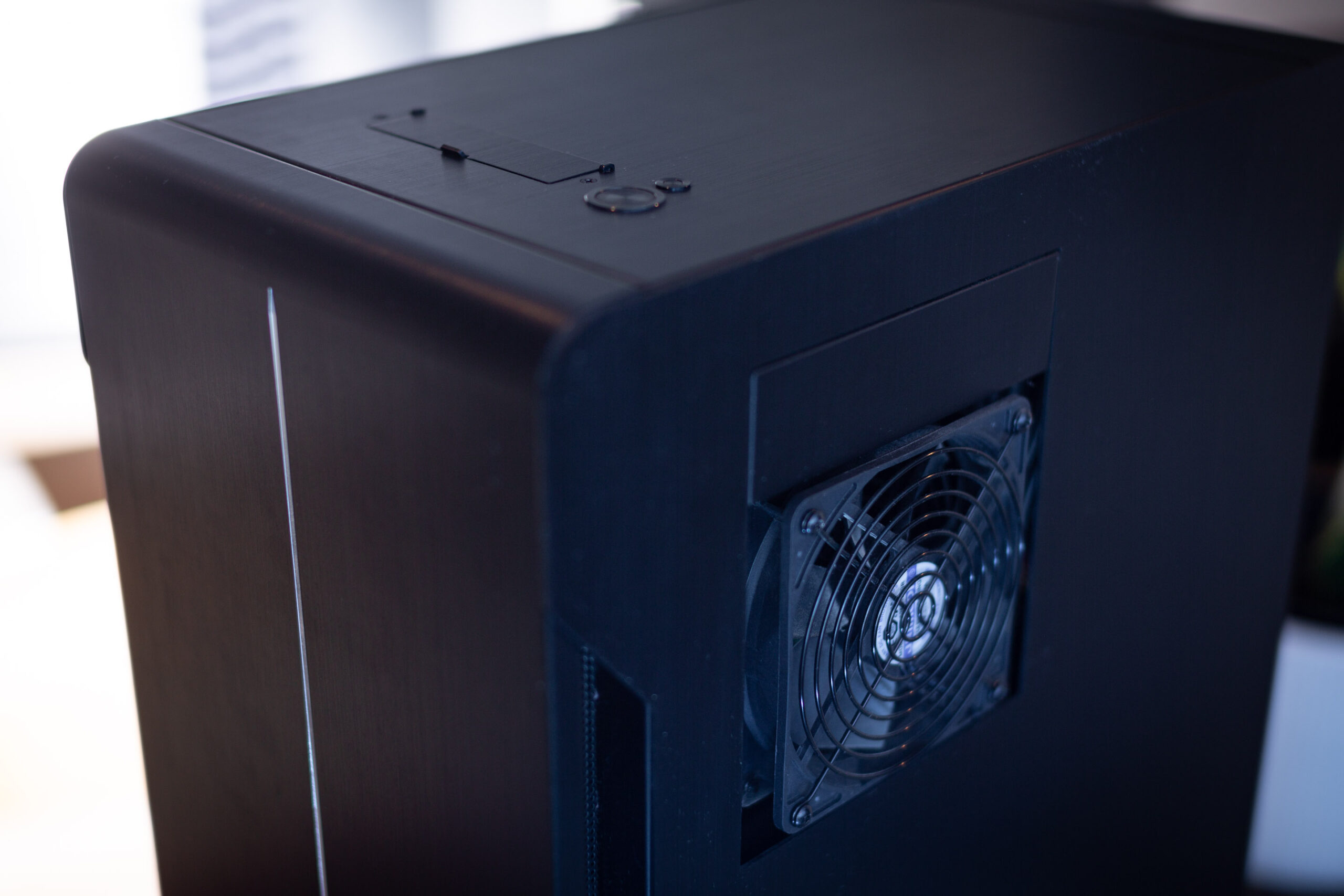In mid-December I rebooted to upgrade my Proxmox kernel to pve-kernel-5.4.78-2-pve, but I immediately started having an issue where the kernel would trigger a GPF (general protection fault) and reset about 5-20 minutes after starting my macOS VM. I suspected that the new kernel was at fault, but I rolled back to the previous kernel and the problem persisted. I hadn’t experienced this fault before so I was a bit baffled about what change I made before that reboot could have triggered it.
To track down the issue, I built a version of Proxmox’s kernel with KASAN enabled. KASAN is the Kernel Address Sanitiser, it can detect kernel bugs like double-frees or out-of-bounds reads and writes by instrumenting the kernel to add checks around every memory access. This adds a bunch of CPU and memory space overhead, but the impact is bearable so long as your guest doesn’t need much service from the host kernel.
Continue reading Magic Trackpad 2 causes kernel heap corruption when passed to a Proxmox guest, GPFs
